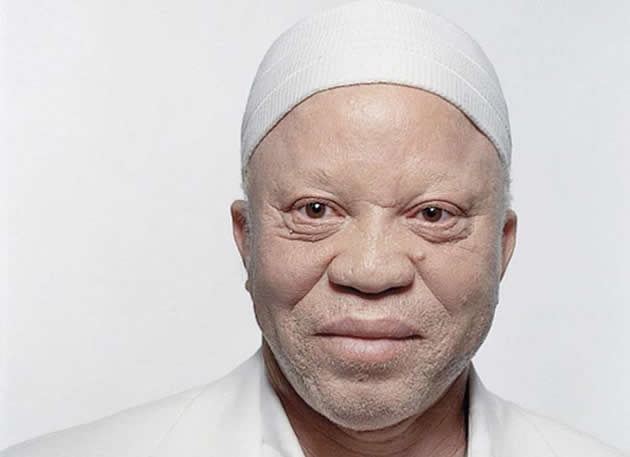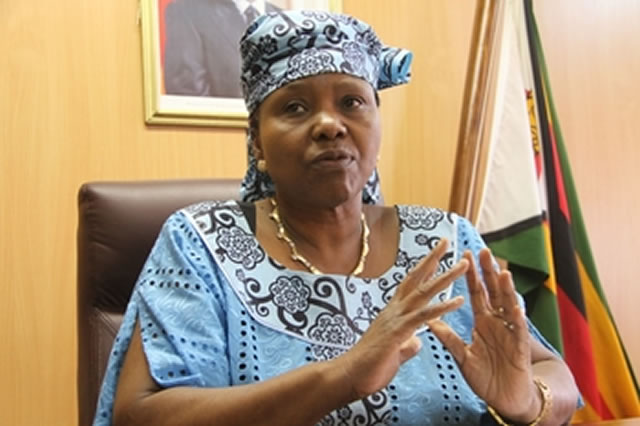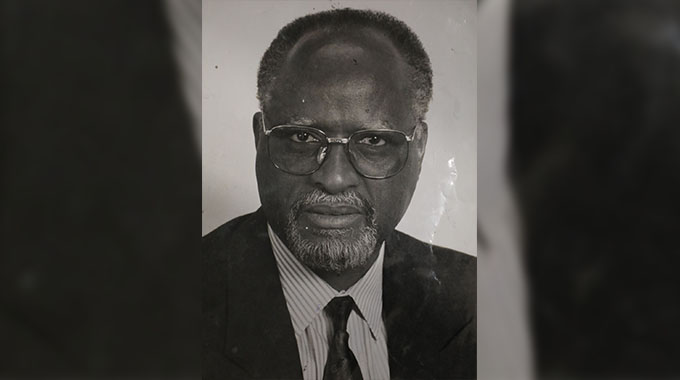Albinos in social wars with delusional society

Yoliswa Dube Features Reporter
ON an almost daily basis, people living with albinism have to engage in private social wars with a delusional society.
They have to fight misconceptions centred on their lives as they seek to gain acceptance and fair treatment.
In some countries, albinism is a death sentence.
People living with albinism are mutilated for ritual purposes and their body parts used for witchcraft in countries like Tanzania, Malawi and Burundi.
They live in constant fear of attacks.
Statistics show that at least 76 albinos have been murdered in Tanzania since 2000.
Following a new wave of attacks on albinos earlier this year, at least 200 people were arrested in that country as part of a nationwide crackdown on witchdoctors linked to an upsurge in albino attacks and murders.
But in Zimbabwe, people living with albinism need not worry about such vicious attacks or threats to their lives. They only have to contend with an occasional strange stare that they may encounter on the streets.
There are myths shared among communities which cause the discrimination faced by albinos.
For example, it is said in certain circles people living with albinism don’t die, they just disappear. This, however, is not true.
In other communities, families discourage marriage with someone living with albinism citing fears of “spoiling” the next generation.
Albinos, the world over, have to prove their worth to dispel myths associated with their skin pigmentation.
Theirs is a fight to be treated as an equal by everyone.
“When I go out with my friends and I’m having a beer, people side-eye me, as if to say albinos can’t drink or have a good time like anybody else. It puts me off because they don’t understand that I’m equally human just like them. It seems difficult for many people to accept that albinos do things that any other person does,” said Mandla Mazibuko, a university student living with albinism.
It has always been a major challenge for Mandla to fit in at school.
“It’s not easy being in a place where you’re the only different person and the difference is pronounced. You become very conscious and your confidence is affected. My skin, as you can see, is freckled and to be honest, it scares a lot of people. They can’t even look at me straight in the eye because my eyeballs seem a little bit creepy to them,” he said.
Mandla’s frustrations are justified and shared by many other people living with albinism.
Albinism is a rare group of genetic disorders that cause the skin, hair, or eyes to have little or no colour.
The condition is also associated with vision problems.
People living with albinism are very pale with fair hair and very light eyes.
In some cases, the eyes appear red or purple, depending on the amount of pigment. This is because the iris actually has very little colour. The eyes appear pink or red as the eye blood vessels show through the iris.
Trisheiglah Mudumi, a mother of two albino children said: “I’ve two children living with albinism and the other two are not. My husband and I are both normal. The two children living with albinism are my first and third born. It used to baffle us how we could have such a mixture of children. We later learnt that there’s really no way of checking whether or not you carry defective genes.”
The birth of the two albino children caused a lot of friction within the family with Mudumi’s in-laws accusing her of having been unfaithful to her husband.
Mudumi’s in-laws told her the albino children were a form of punishment for her “sins”.
“It was really difficult for my in-laws to understand that albinism was a medical condition. I just couldn’t fight anymore as I felt dejected. Until now, I hardly talk to my in-laws because they failed to accept my children and believe I cheated on my husband. What pained me is that they regarded my children as a punishment for ‘cheating’ on my husband,” she said.
Raising children with albinism is a bit expensive compared to their counterparts without the condition.
An albino child needs skin lotions with a high sun protection factor spectrum. These lotions are expensive.
In most societies, they’re still viewed differently and sometimes treated like outcasts.
“During the rule of the Zulu monarchy, albino children were gotten rid of at birth. They were regarded as an omen of misfortune and that should they be allowed to live, they’d pollute the population,” said Saul Gwakuba Ndlovu, a Bulawayo-based culturist.
He said albino children, just like those born with dwarfism were killed at birth.
“With the influence of Christianity, albinos were allowed to live fruitful and meaningful lives. Albinos in Zimbabwe are safe but how one treats them is a matter of individual choice. Otherwise there’s absolutely nothing wrong with people living with albinism, except that they lack skin pigmentation,” said Ndlovu.
People living with albinism often have vision problems and are susceptible to sunburns and skin cancers if they do not protect themselves from direct sunlight.
They are with little or no pigmentation in their eyes, skin and hair or sometimes in the eyes alone.
But many have risen above the genetic condition and lived productive and fruitful lives, gaining celebrity status in certain cases.
One such individual who defied odds is popular Star FM presenter, Tapiwa “Daywalker” Musoni.
The man is loved by his legion of fans for his wit and good sense of humour. He has conquered the myths, attitudes, misconceptions and misperceptions that people have towards albinos.
“I never actually think about it because of two things. First, I come from a very supportive family and to be honest, I think I was very spoiled as a kid. It has been my experience that challenges faced by people living with albinism start at home. It’s the negativity, either you’re looked at negatively or your family is overprotective,” said Musoni.
The Loony Breakfast Show co-anchor said he has never treated himself differently and tries to be as normal as possible.
“I’ll be in your face, until you pay attention. I’m married and my wife is not an albino. Her parents were actually glad we hooked up. Sometimes our own attitude as people living with albinism is very negative. We behave like it’s a disease,” said Musoni.
He continued: “Our own attitude towards ourselves is our worst enemy. Never mind what people think about you, what you think about yourself is the most important thing. You should just get up and stop feeling sorry for yourself.”
A person with albinism is generally as healthy as the rest of the population. However, problems with vision and skin are particularly common.
Albinism is a hereditary condition. In some cases, a couple can give birth to an albino even though there could be no history of such births in the family.
“Albinism is a genetic condition also called achromia, achromasia, or achromatosis. It’s characterised by a deficit in the production in melanin and the partial or complete absence of pigment in the skin, hair and eyes. This hereditary condition affects all races,” said a local dermatologist who cannot be named for professional reasons.
The dermatologist said the degree of pigmentation varies with some people gaining a little pigmentation in their hair or eyes with age.
“Some develop pigmented freckles on their skin. An individual with complete absence of melanin is called an albino. One with only a small amount of melanin is described as albinoid,” said the dermatologist.
She said a person inherits one or more defective genes that cause them to be unable to produce the normal amounts of a pigment called melanin.
Several different genes are involved in albinism, depending on the specific type.
“Genes carry the information that makes you an individual. We normally have two copies of these chromosomes and genes: one inherited from our father, the other inherited from our mother. Albinism is a ‘recessive trait’ — a person without albinism can carry the albinism trait. Both parents must carry a defective gene to have a child with albinism. When neither parent has albinism but both carry the defective gene, there is a one in four chance that the baby will be born with albinism,” she said.










Comments